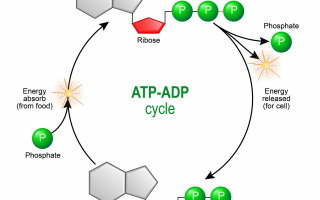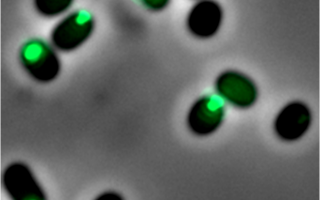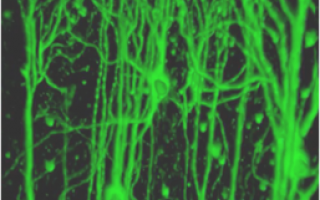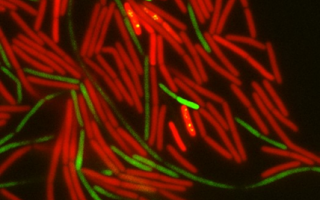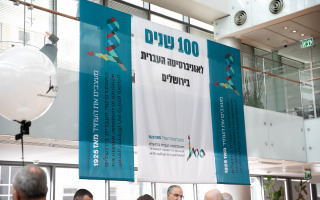News
A Hidden Control Center: How Bacteria Regulate Their Attack Strategies
Researchers have discovered that a key bacterial protein, CsrA, gathers in a droplet-like structure inside cells to control when and how bacteria activate their disease-causing genes. This newly identified compartment, which forms without a membrane, acts as a kind of temporary control center, helping bacteria adapt to their environment and switch between being harmless and virulent—offering new insight into how infections begin and how they might be stopped.
Bridging Political Debates: The Power of Factual Knowledge
A new study shows that factual knowledge can reduce polarization on contentious topics. Participants who engaged with balanced facts about gun control shifted toward more moderate policy views—an effect that lasted even after a month. The findings suggest that, contrary to popular belief, people are open to learning facts that challenge their beliefs and that accurate information can promote a healthier discourse.
Hebrew University Celebrates Dr. Uria Alcolombri – Israel’s Sole Winner of the Frontiers Planet Prize 2025 National Champions
The Hebrew University of Jerusalem proudly congratulates Dr. Uria Alcolombri on being named one of the 19 Frontiers Planet Prize 2025 National Champions – and the only Israeli scientist to receive this honor in this year’s prestigious global competition.
A New Map of Arthropod Evolution, From Fossils to Embryos
New study sheds light on how insects, spiders, crustaceans, and other arthropods evolved their distinct body structures. By tracing these patterns back to ancient embryonic processes, the research uncovers a deep evolutionary logic behind the segmented body plans that define the world’s most diverse animal group. The findings challenge long-held assumptions and offer a bold new framework for understanding how developmental mechanisms shaped the evolution of arthropods over hundreds of millions of years.
From Pets to People: Canine Eyedrop Study Offers Insights for Human Eye Care
A promising new discovery from the Hebrew University of Jerusalem reveals that cross-linked hyaluronic acid (XHA) significantly enhances the retention and concentration of topical antibiotics in the tear film of dogs. Compared to traditional formulations using polyvinyl alcohol (PVA), the XHA-based eyedrops maintained higher drug levels for longer durations. This innovation not only suggests improved treatment outcomes for veterinary patients – it also carries meaningful implications for human medicine.
CapsiBreed Advances Commercial Gene Editing in New Deal with Global Seed Company
CapsiBreed, an AgriTech startup, has signed a landmark commercial agreement with Dutch seed company Erma Zaden to apply its proprietary technology for gene-editing elite pepper varieties. This first-of-its-kind partnership positions CapsiBreed for rapid market entry, enabling precise enhancement of high-value traits such as shelf life, flavor, yield, and disease resistance. The deal marks a significant commercial validation of CapsiBreed’s platform and services, and a major step toward scalable, sustainable agricultural innovation.
Spinning Into Resistance: The Flagella’s Hidden Role
A new study from the Hebrew University of Jerusalem reveals that bacterial movement plays a central role in the transfer of antibiotic resistance genes. The research team discovered that the rotation of flagella in Bacillus subtilis acts as a mechanical signal that activates key conjugation genes. This enables donor bacteria to form clusters with recipients and successfully transfer DNA in liquid environments. The findings suggest that bacteria can use motion to control when and where gene sharing occurs, offering new insight into the spread of resistance across species.
The Hebrew University of Jerusalem Marks 100 Years with a Ceremonial Opening at the Tel Aviv Stock Exchange
Jerusalem, April 6, 2025 – In celebration of the Hebrew University of Jerusalem’s centennial, the University’s senior leadership and prominent alumni opened trading this morning at the Tel Aviv Stock Exchange (TASE), underscoring a century of academic excellence and impactful contributions to Israel’s economy and society.



